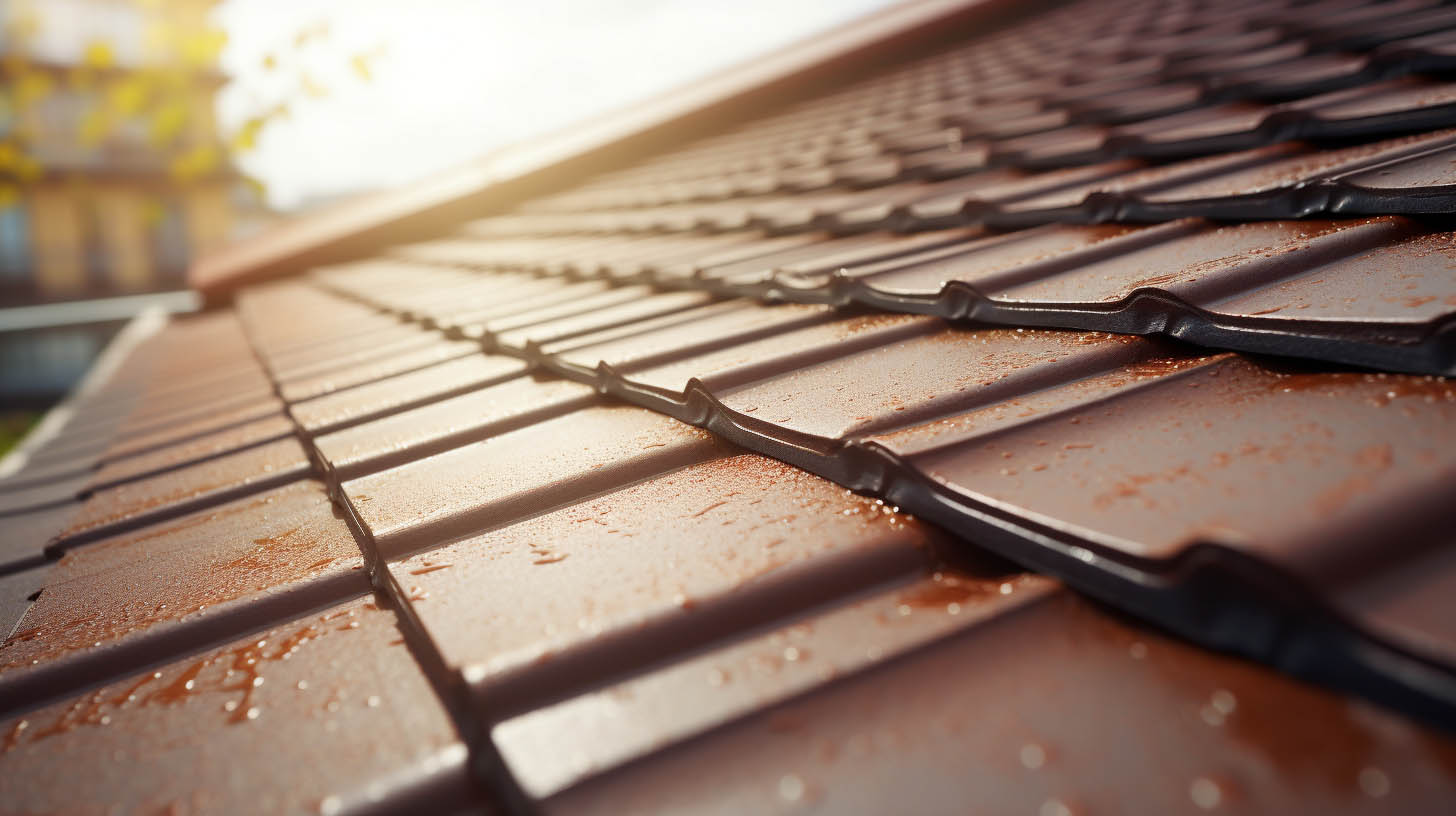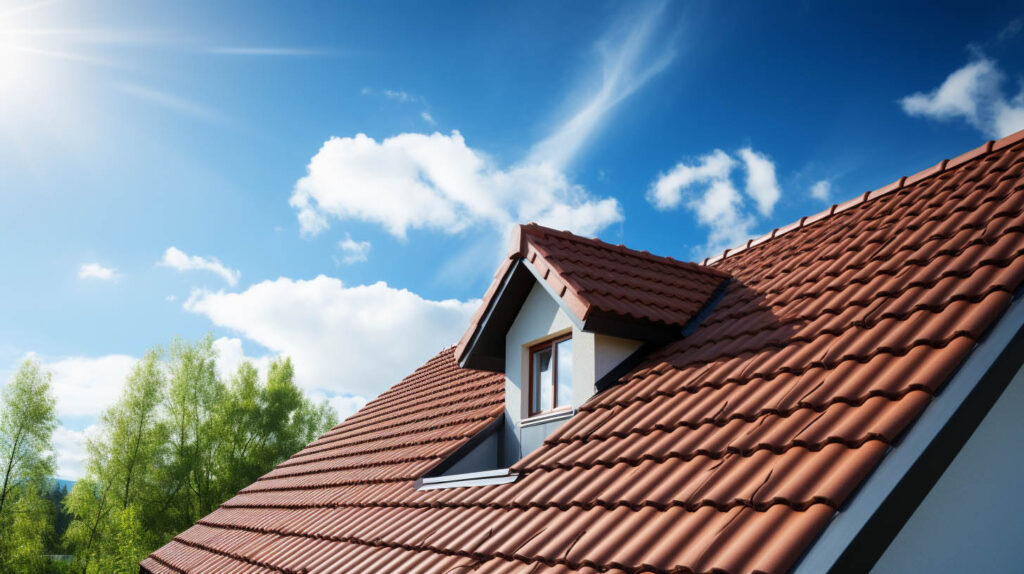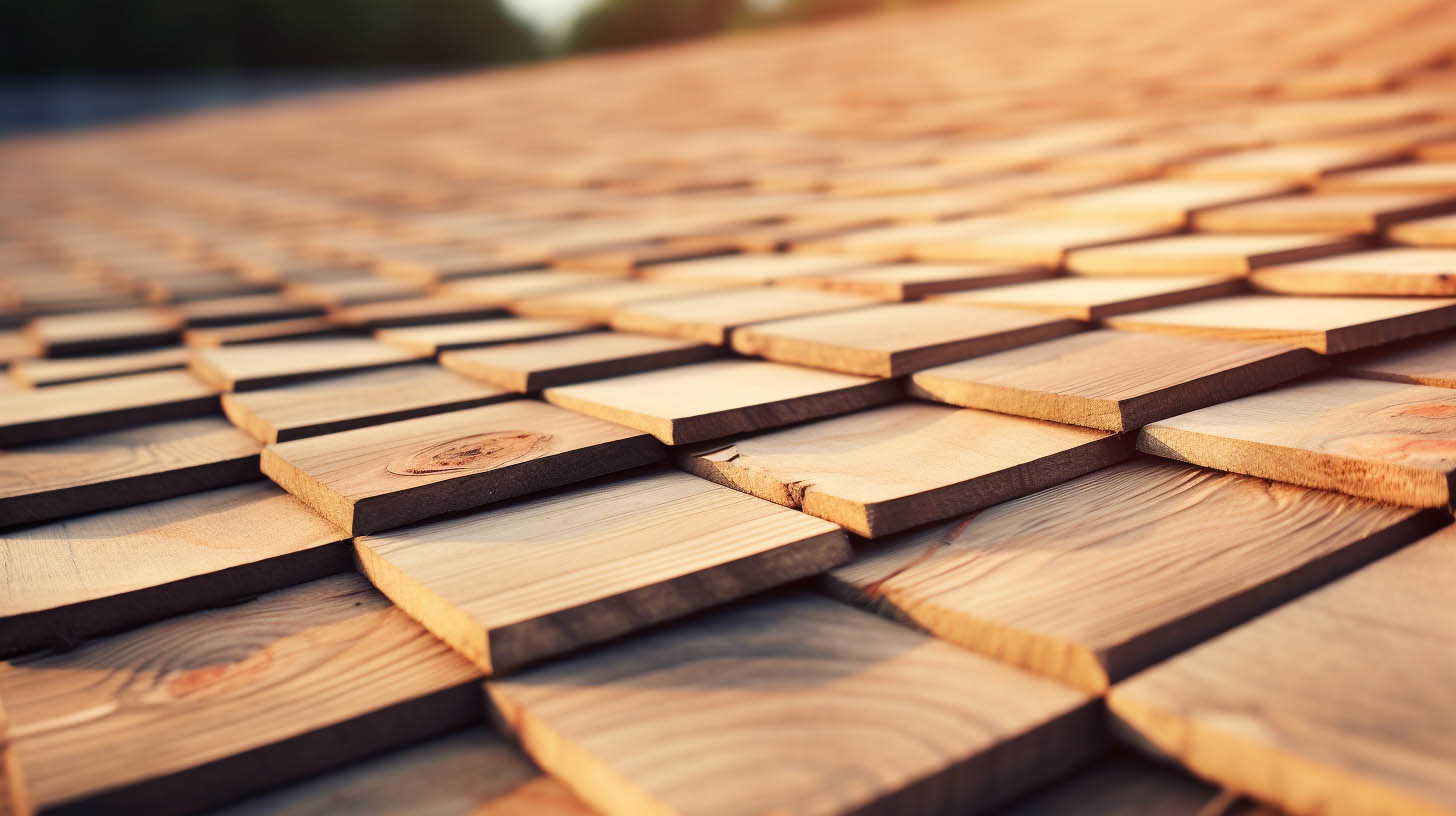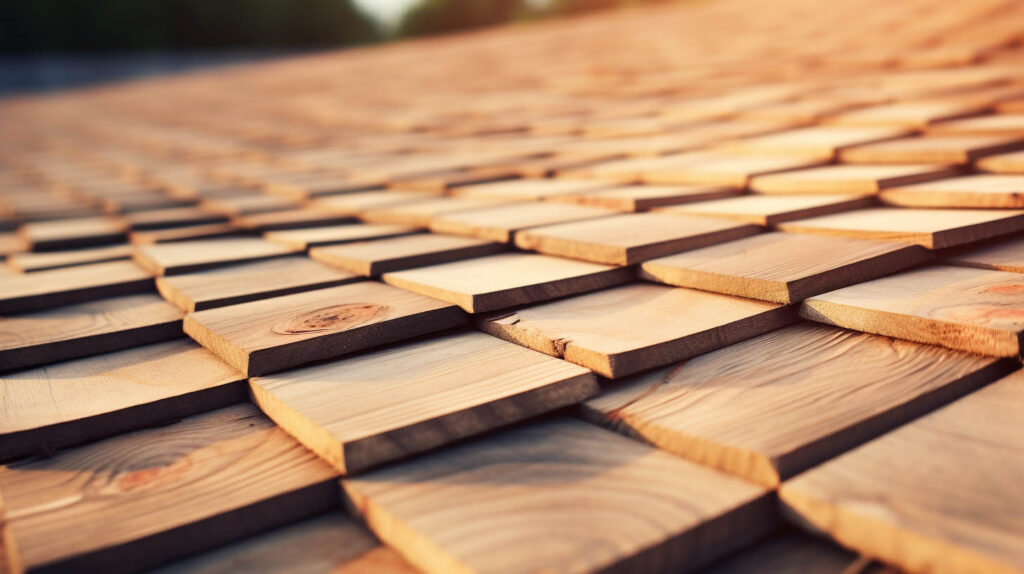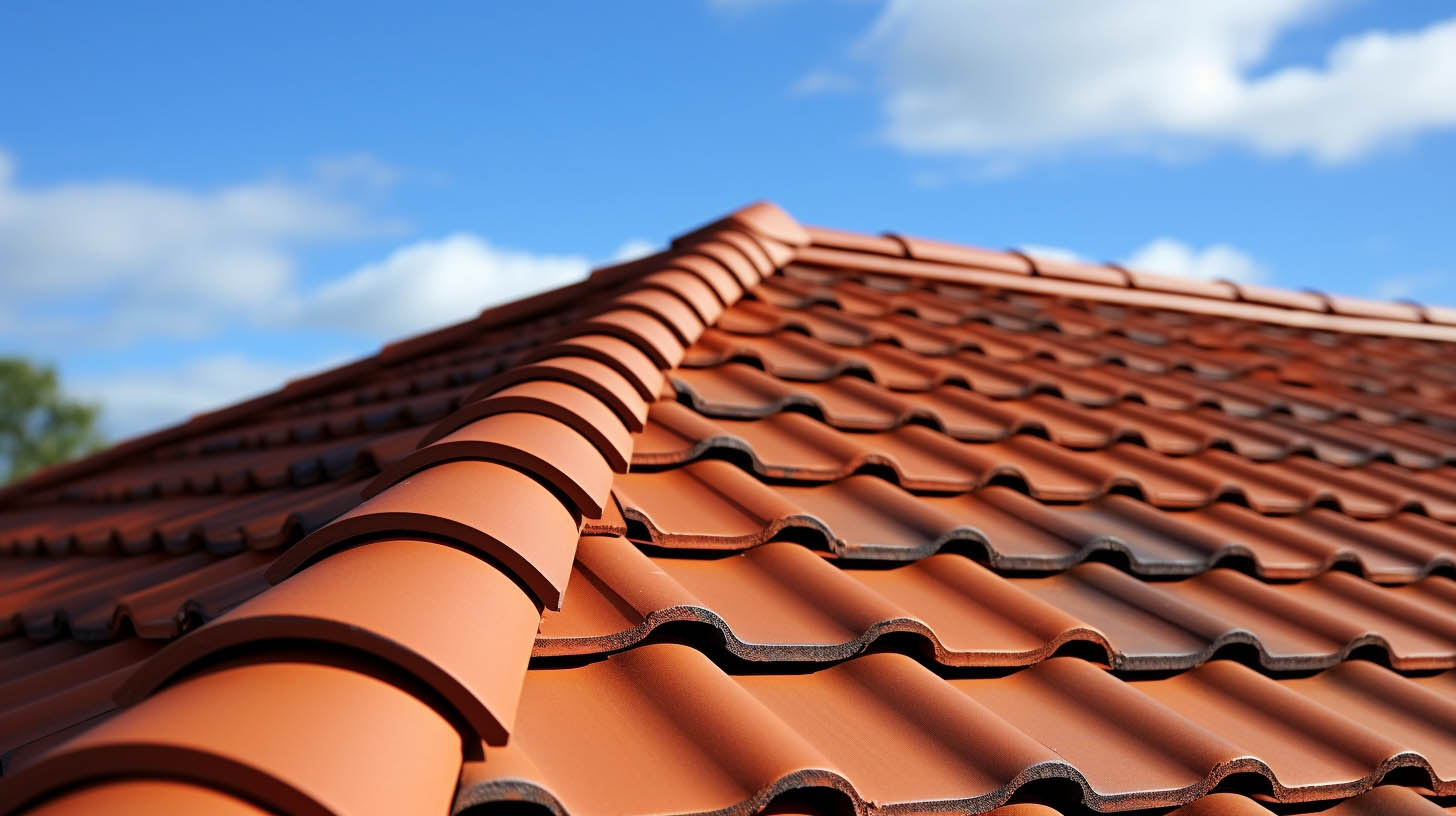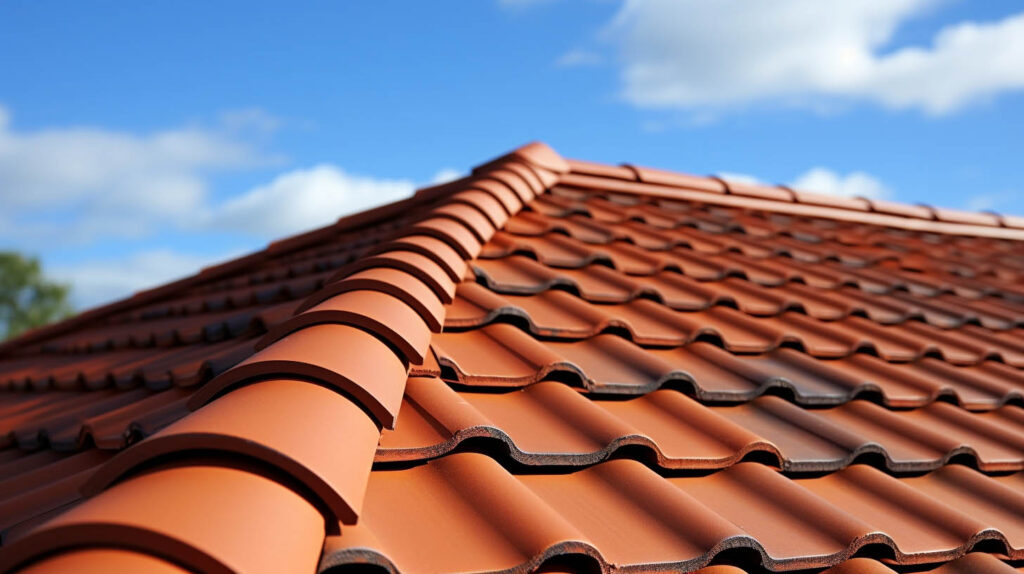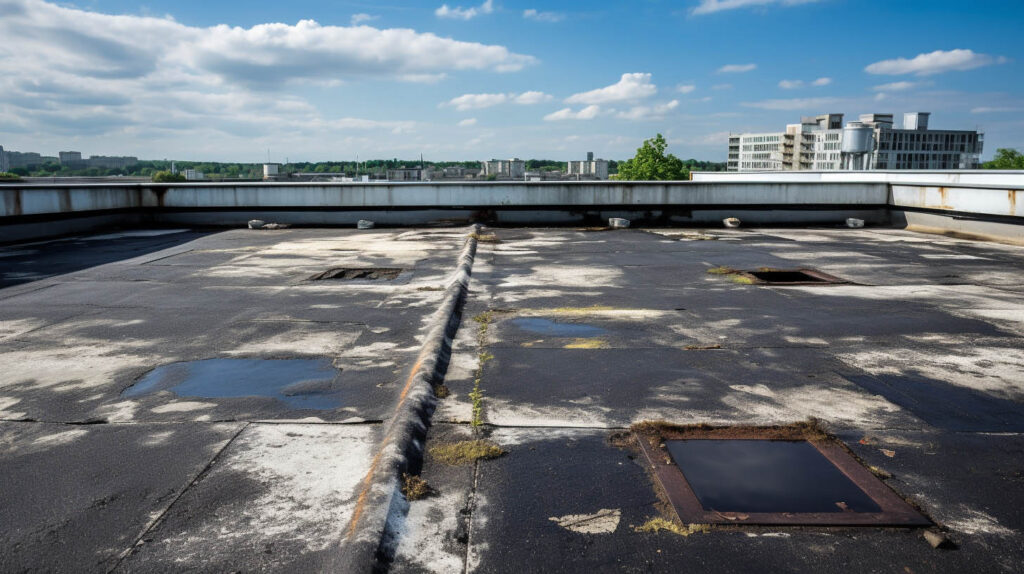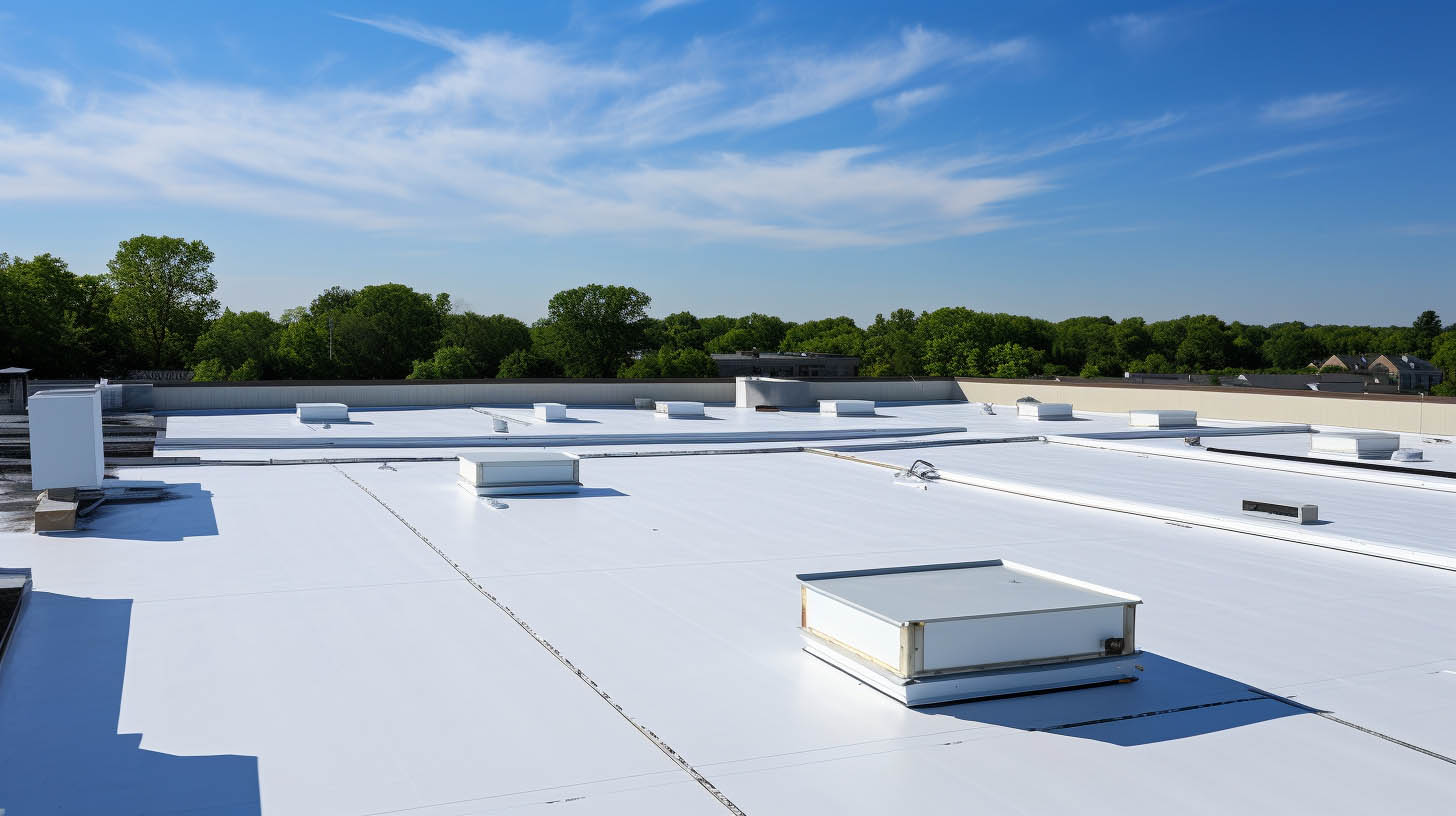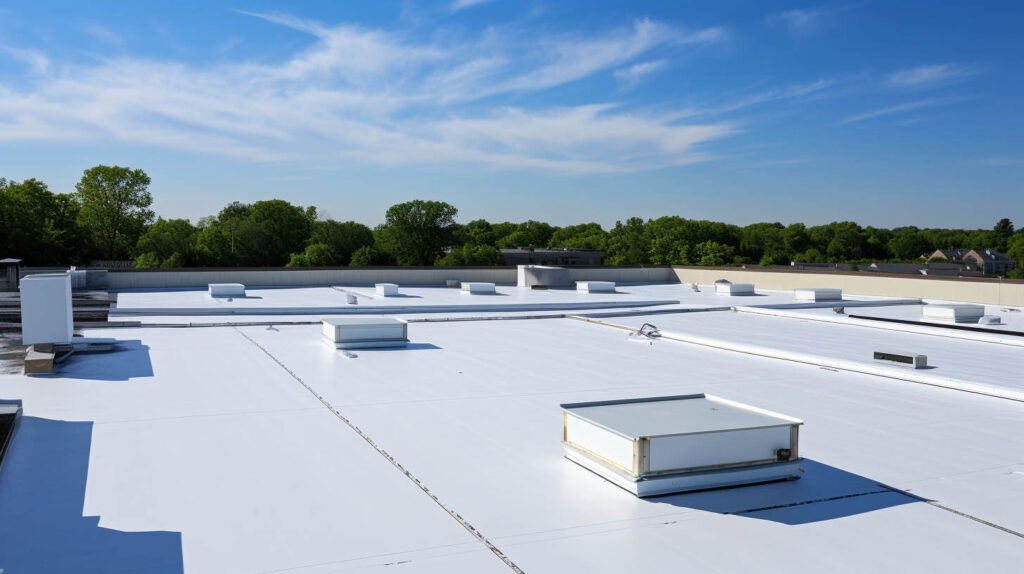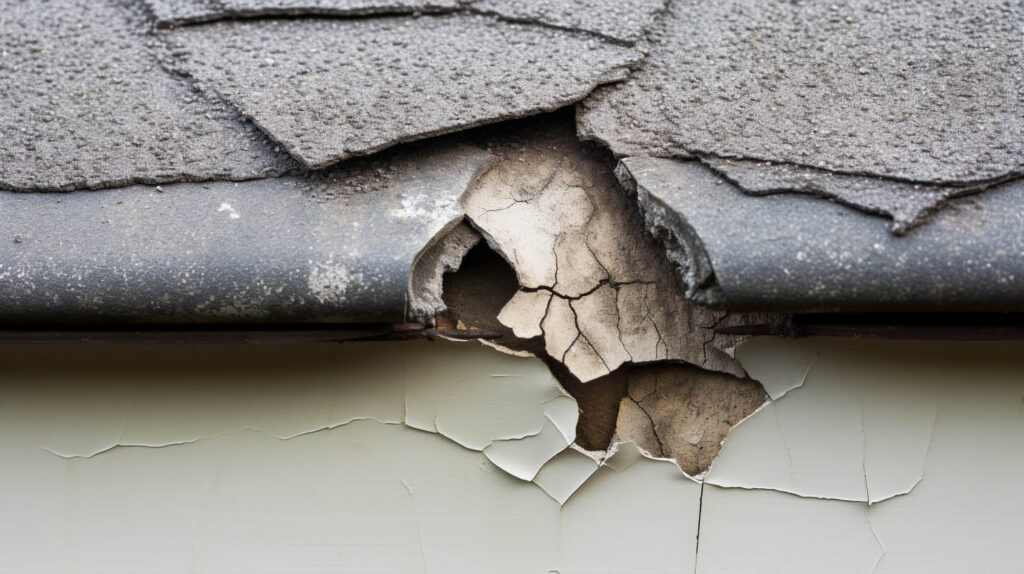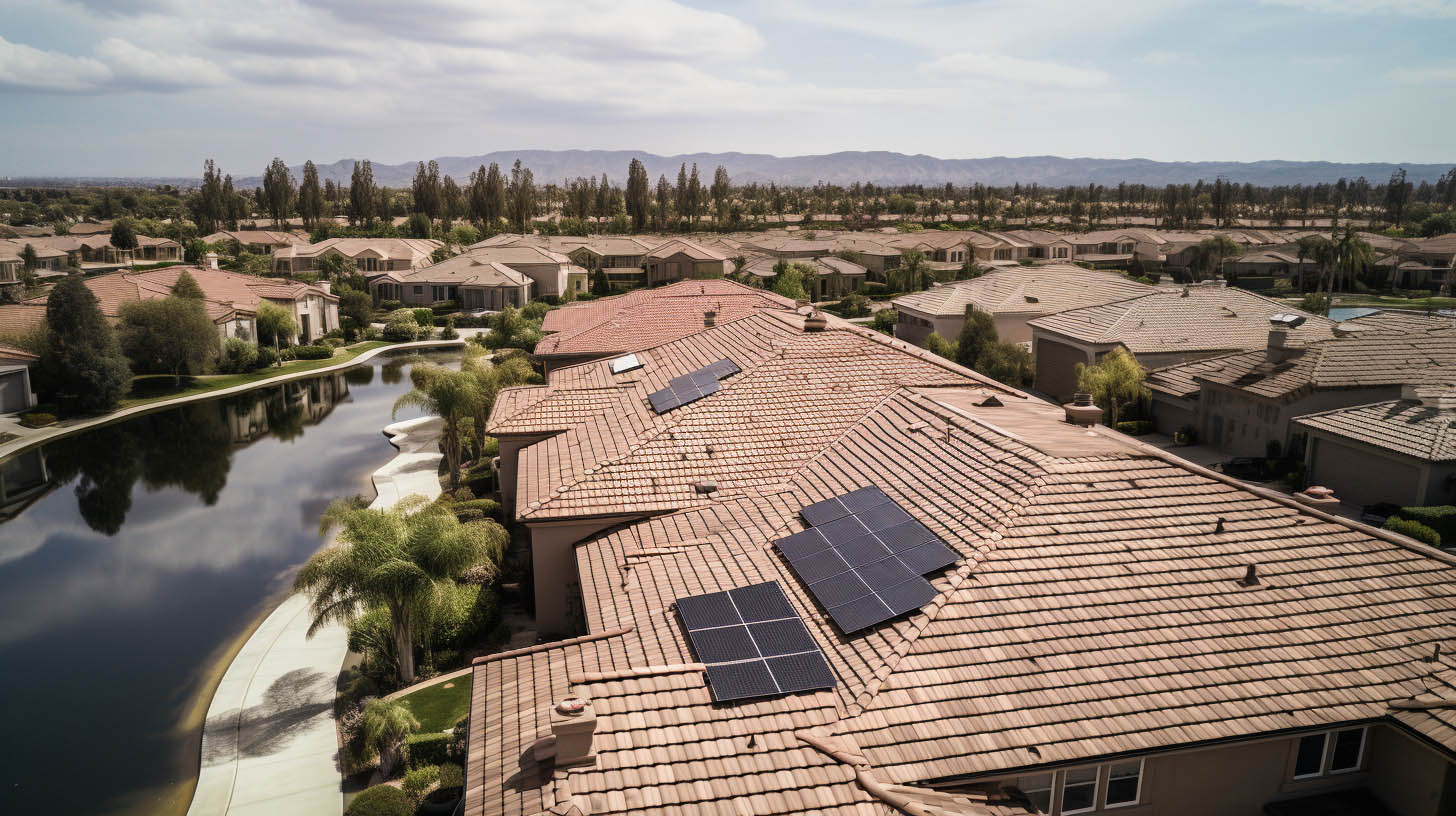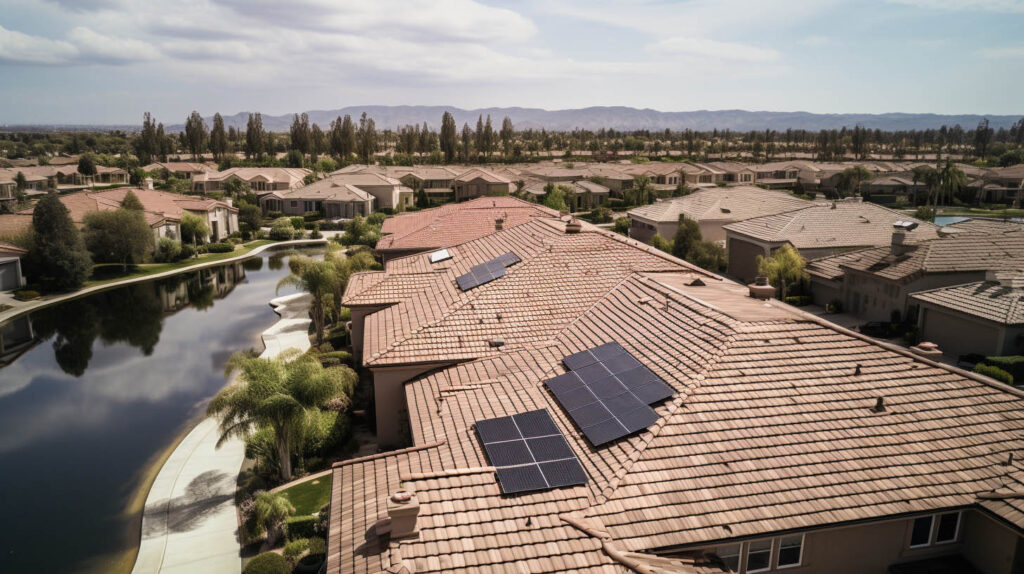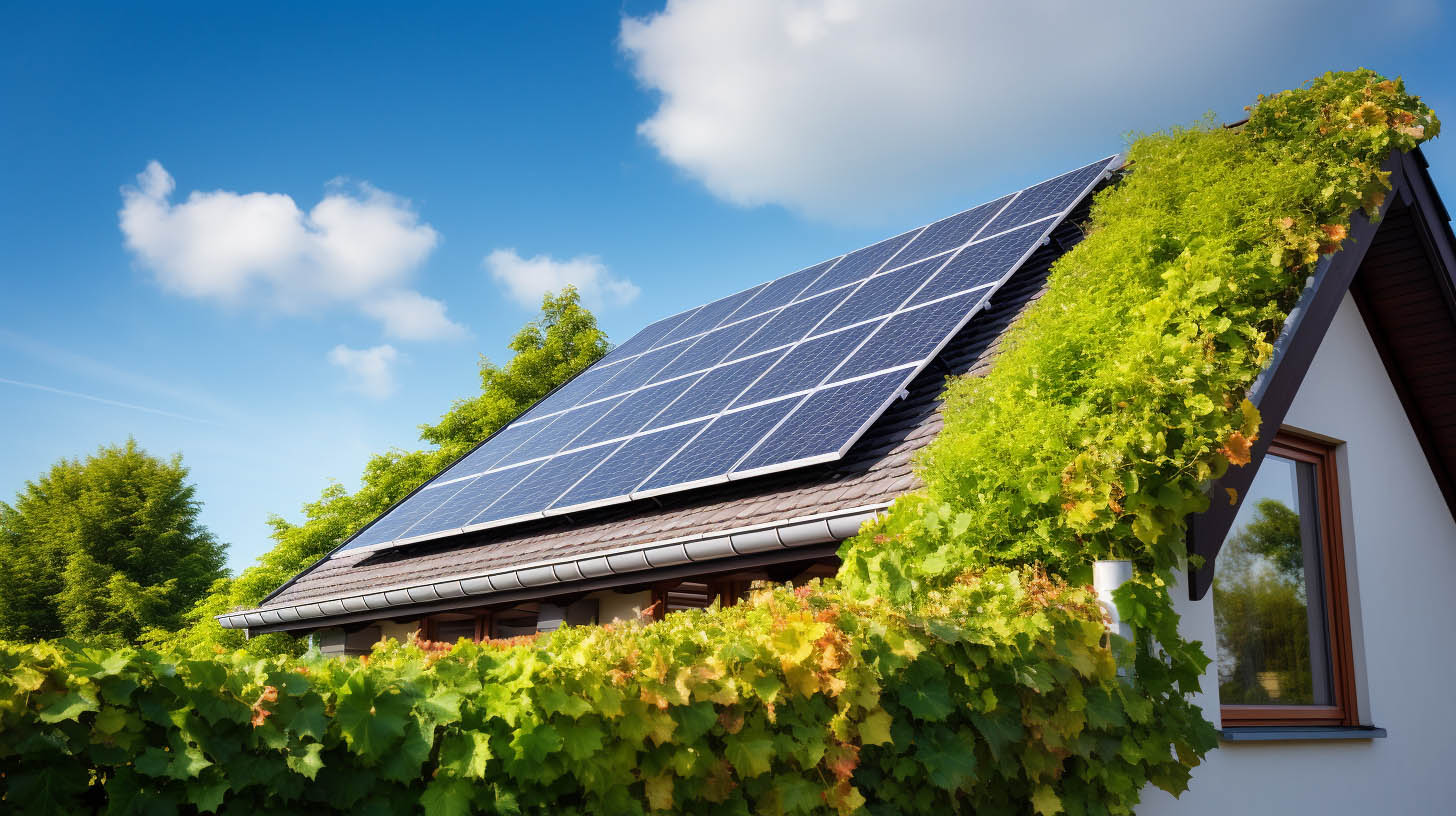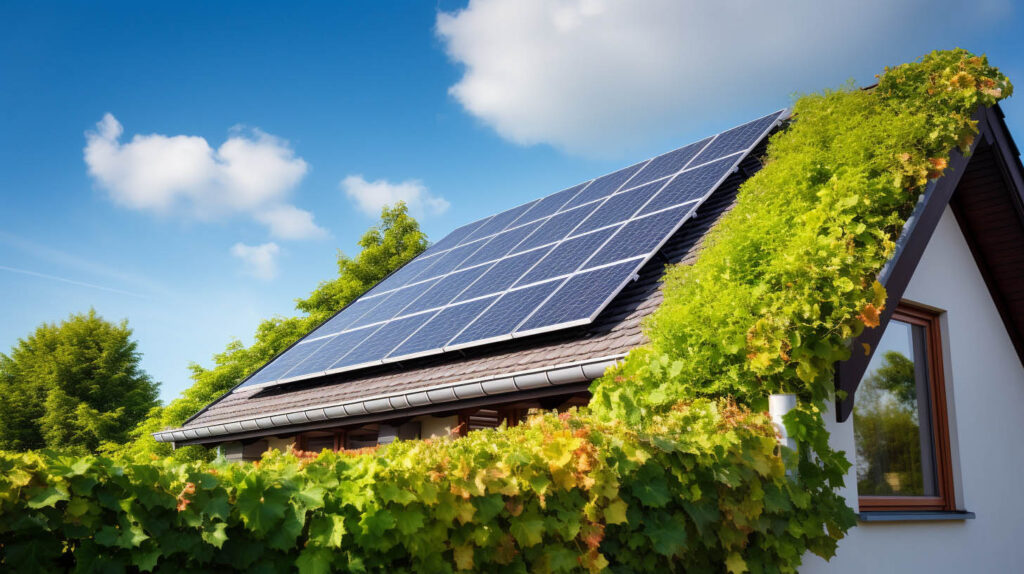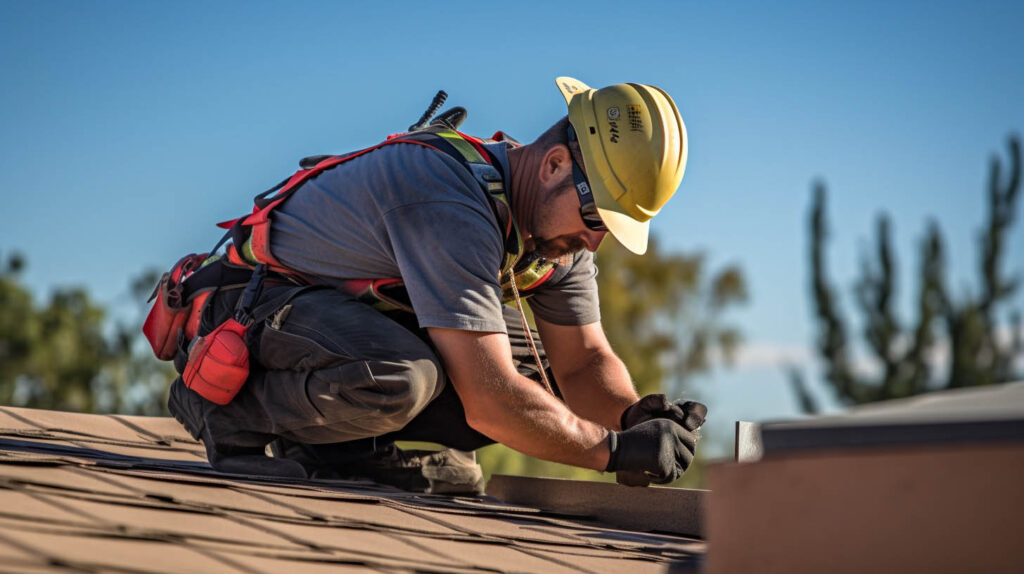Ensuring the integrity of your roof is crucial for maintaining a comfortable and safe home environment. At Roof Repair Specialist, we understand the importance of a leak-free roof and are committed to providing top-notch solutions to prevent potential roofing issues. Here are some expert strategies to help you avoid roof leaks.
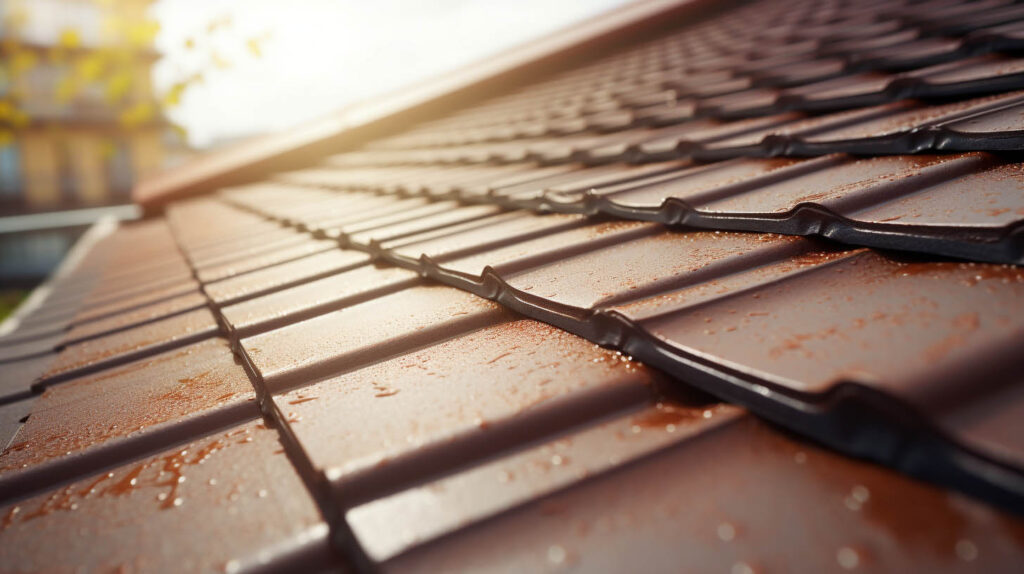
Schedule Regular Roof Inspections
Regular roof inspections are essential in identifying potential problems before they escalate. Our team at Roof Repair Specialist conducts thorough inspections, assessing every aspect of your roof to ensure its optimal condition. Early detection of minor issues can prevent significant damage and costly repairs in the future.
Maintain Your Trees
Overhanging branches pose a risk to your roof’s integrity. They can cause abrasions or even puncture the roofing material. Regularly trimming trees near your home can significantly reduce the risk of damage, especially during storms or high winds.
Keep Gutters and Downspouts Clear
Clogged gutters and downspouts are a common cause of roof leaks. Leaves, twigs, and debris can obstruct the flow of water, leading to accumulation and potential seepage into your home. Regular cleaning and maintenance of gutters and downspouts are crucial in preventing water damage.
Inspect and Repair Flashing and Collars
Flashing and collars around vents and chimneys are critical in preventing water ingress. These components should be regularly inspected for cracks, rust, or separation. Prompt repairs or replacements can prevent leaks and ensure the longevity of your roof.
Address Leaks Immediately
If you notice any signs of a leak, such as water stains on your ceiling or dampness in your attic, it’s vital to address them immediately. Delaying repairs can lead to more extensive damage and higher repair costs. Our team at Roof Repair Specialist is equipped to handle all types of roof repairs efficiently and effectively.
Choose Quality Roofing Materials
The quality of roofing materials plays a significant role in the longevity and performance of your roof. Opting for high-quality, durable materials can provide better protection against leaks and weather elements. Our roofing company in Los Angeles offers a range of top-tier roofing materials suited for various architectural styles and environmental conditions.
Conclusion
Preventing roof leaks requires a combination of regular maintenance, prompt repairs, and the use of quality materials. At Roof Repair Specialist, we are dedicated to providing exceptional roofing services to ensure your home remains safe and dry. Contact us for all your roofing needs and experience the peace of mind that comes with a well-maintained roof.

